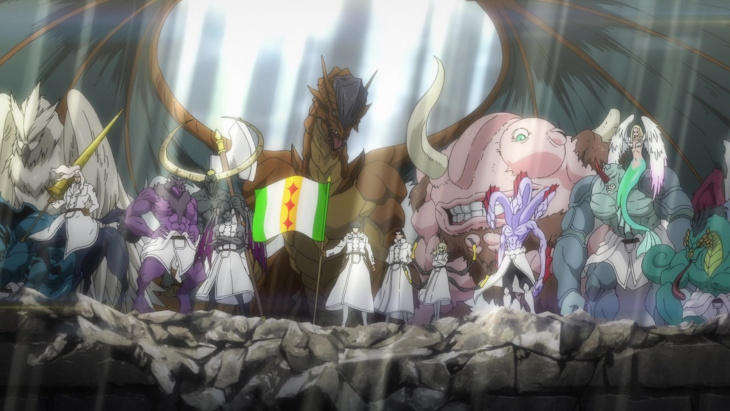
“Hideous-looking soldier who overran the battlefield in the blink of an eye. The people likened them to gods and called them ‘Incarnates’.”
This may seem like an odd launching off point for a review of The Abandoned Sacred Beasts, but I didn’t like the first episode of Fairy Gone. For those who are unfamiliar, Fairy Gone was an original anime production from last season that was produced by P.A.Works. I’d planned to write a review of its first episode last season, but could never bring myself to properly formulate a full review. The reason I bring this up now is that, frankly, The Abandoned Sacred Beasts feels like the exact same premise executed in a much more competent and appealing fashion. It may not be exceptional, but what is given here is a great setup for a potentially fun, gripping, and maybe even emotionally investing action fantasy series. I’m speaking almost purely in hypotheticals of course. This episode spends essentially the entirety of its runtime establishing the premise of the show, so, at the end, we’re left with the building blocks for the series. Whether Sacred Beasts can take those building blocks and construct an effective series out of them remains to be seen. Plenty of series have set up an evocative world only to squander the potential, but there is little to suggest that such cynicism is needed as of yet.
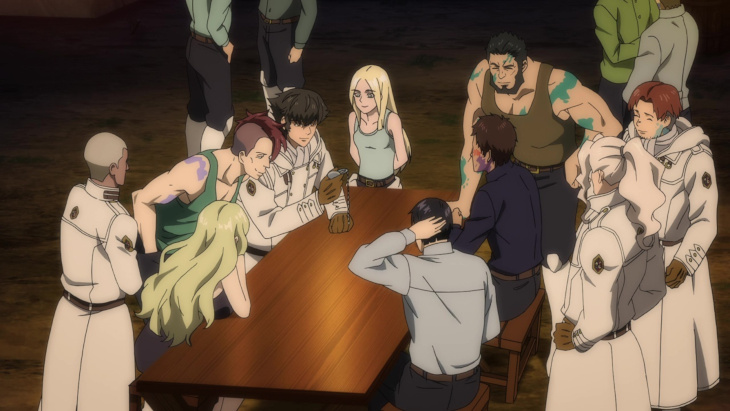
The premise of The Abandoned Sacred Beasts focuses, much like its predecessor Fairy Gone did, on a group of elite soldiers who, in order to gain an advantage in a brutal civil war, were imbued with mystical substances turning them into bestial combatants called “Incarnates.” As the war dragged on the soldiers’ bodies gradually became more and more bestial, and some began to lose themselves to their beast forms. The Captain of the Incarnates, Hank Henrietta, then pledged that, should an Incarnate lose their humanity, it would be their comrades that would put them down. To go any further would spoil some fun and interesting plot beats, but it’s an intriguing setup as it ultimately leads to Hank attempting to track down his former comrades. It’s made clear that the Incarnates are a sizable group, so there is a potential risk of the series treading water for a while with a case of the week format, but whether that will actually be the case remains to be seen. Despite the limitations imposed by this first episode’s runtime, it does an effective job of painting the soldiers as notably human individuals with hopes and dreams, so it seems there could be plenty of pathos to mine there, as Hank tracks down good men and women and, in essence, puts them out of their misery.
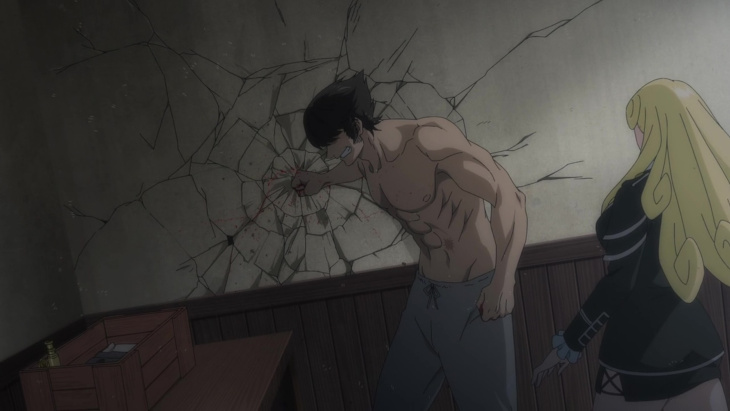
My biggest problems with the first episode might be attributed to its tone and aesthetic. My issues with both are currently rather minor, but still worth noting. In terms of the visuals, this first episode is actually pretty bloody and features some disturbing kills. However, this is juxtaposed by the perhaps overly fanciful designs of many of the Incarnates’ beast forms. They feel just slightly too cartoony for the grotesque violence that they’re engaged in, and I find myself wondering if this sense of cognitive dissonance will persist. The issues I have with the tone are in a similar vein. This first episode can be too eager to crowbar in comedic relief without having the proper deescalation from the proceeding action and horrors. It would be like if Fullmetal Alchemist cut straight from the flashbacks of the Ishvalan Genocide to jokes about Ed’s height. The transition doesn’t feel appropriate, and it doesn’t accomplish what it sets out to do. Most of these jokes are at Captain Hank’s expense, and aren’t too funny to begin with, but, at this point, this is just a nitpick. The actual visuals of this series deserve notable praise, as it relies heavily on traditional animation, and the action is kinetic and impressive. It’s easy to see where shortcuts could have been taken, particularly where the monsters were concerned, but the production team put in the work needed to render them without relying on CG, and it’s appreciated. Studio Mappa just keeps bringing it.
Before I wrap up, a few Notes and Nitpicks:
- We’re shown a map of the nation at the beginning, and I can’t say I’d do much better if I was trying to name fictional locations in Japanese, but with names like “Port Gulf”, “New Fort”, “Barn Wood”, and “Bold Creek” I get the feeling that generic names might be Patria’s biggest commodity.
- Let’s be clear, the snake guy was creepy before he ever lost his mind, right? I’m not even saying that because I don’t like snakes. When they were showing off the abilities of some Incarnate soldiers at the beginning, he was the one who was shown dissolving the flesh of enemy soldiers who were already restrained.
- The only reason I remember that Fairy Gone was a thing is because of this episode’s similarities, and because, for the longest time, I had the half-written Fairy Gone review sitting open in my browser.
- It’s been a while, but I believe my big gripe with Fairy Gone‘s first episode was that it didn’t use its exposition effectively. It wasted excess time explaining minor details, but ignored the big picture.
- I’m surprised that the summer anime season started with a title this strong! …Still, this is summer, so I can’t shake the feeling that this is an outlier.

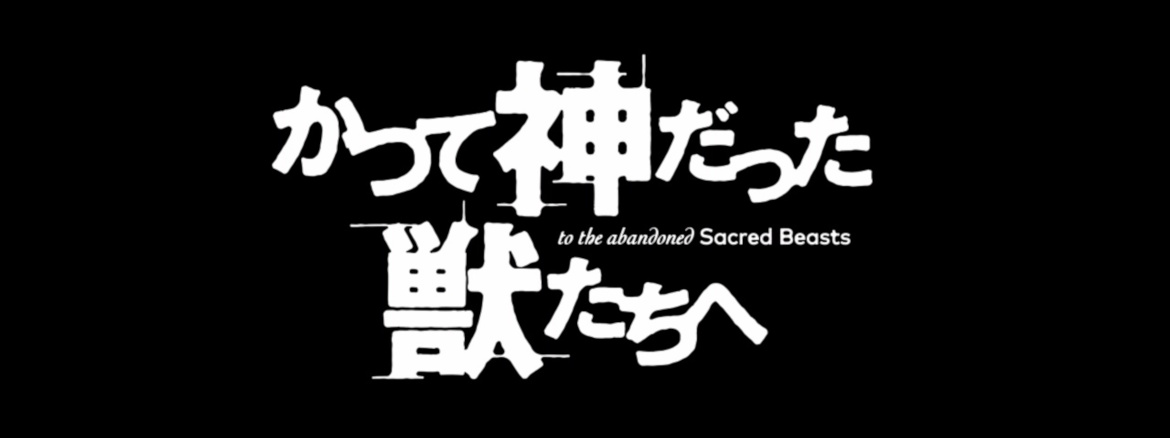
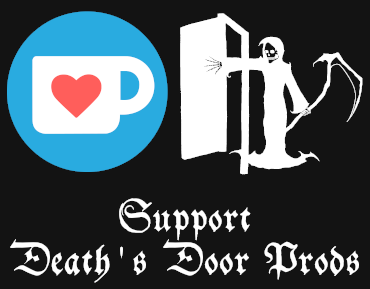

Add comment